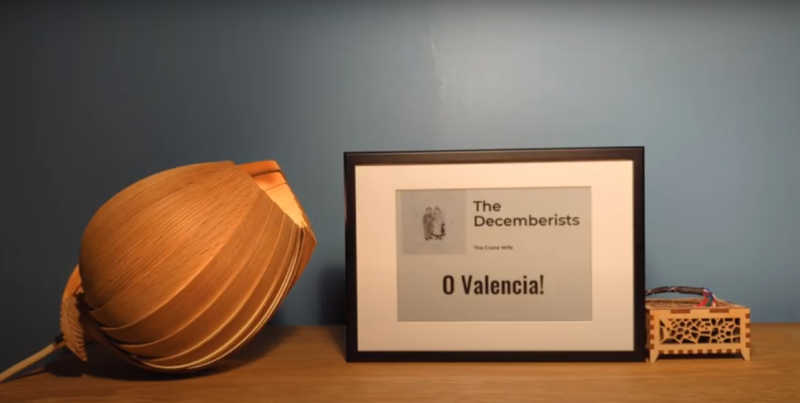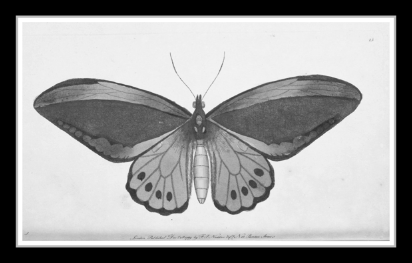Early promise
As with so many of our featured project showcase makers, Aaron showed a very early interest in electronics and technology. “When I was eight, I disassembled the TV remote and (poorly) punched holes through the faceplate so I could add ‘extra features’,” he relates. “I lovingly remember this as my first successful hack, even if it was awful and ugly.”
PaperPi also came about as the result of a hack: Aaron’s initial goal was to replace the failing display on a Logitech Squeezebox media player with “something more visually pleasing.” The LED screen should have shown the currently playing tracks or, when nothing was playing, the time. Aaron had “never been terribly fond of the aesthetic of the blue-green LEDs of the matrix screen” and the Squeezebox’s “decidedly early aughts [noughties] black and silver package.” With the screen failing, he saw an opportunity to replace it.
Elegant understatement
Aaron says Raspberry Pi driving an e-paper screen was perfect for his project. “As an added bonus, it was easy to add a HiFiBerry [DAC] and use Raspberry Pi for playing music directly into the stereo amplifier.” Aaron has been a Raspberry Pi convert since acquiring a Model A when backing the Kano kit on Kickstarter, and being charmed by the possibilities of its GPIO pins and blinking LEDs. “Raspberry Pi really is amazing because it combines the openness of the enormous Linux community and a massive, and generally affordable, hardware ecosystem” – and a great match for his Squeezebox replacement.
Aaron borrowed some of the logic and layout from VEEB’s Stonks and Edify projects, and was keen to emulate their clean and tidy look. “Ideally, the screen would be easy to read from across the room, look great, but also fade into the room.” He definitely didn’t want “loud colours, bright lights, animations, or anything distracting.” Instead, he devised PaperPi around a Waveshare e-paper display and ensured it shows only what interests the user, such as moon phases. Although it is theoretically limited to Waveshare screens, Aaron has written a number of plug-ins that allow his epdlib-based code to be used for different purposes, most recently as a digital photo frame. Since he can often adapt an existing plug-in, he can usually “crank out” a new plug-in in a weekend. He would also love to develop PaperPi for other makes of screen. “I haven’t worked the drivers into the project yet, but it is something I would love some help with if anyone is interested!”
Quizzed over the biggest design challenge, Aaron replies: “font choices: clashing descenders and ascenders!” He now has “so much more appreciation for why late 1990s Windows installations had a fit when I tried to change system fonts.”




